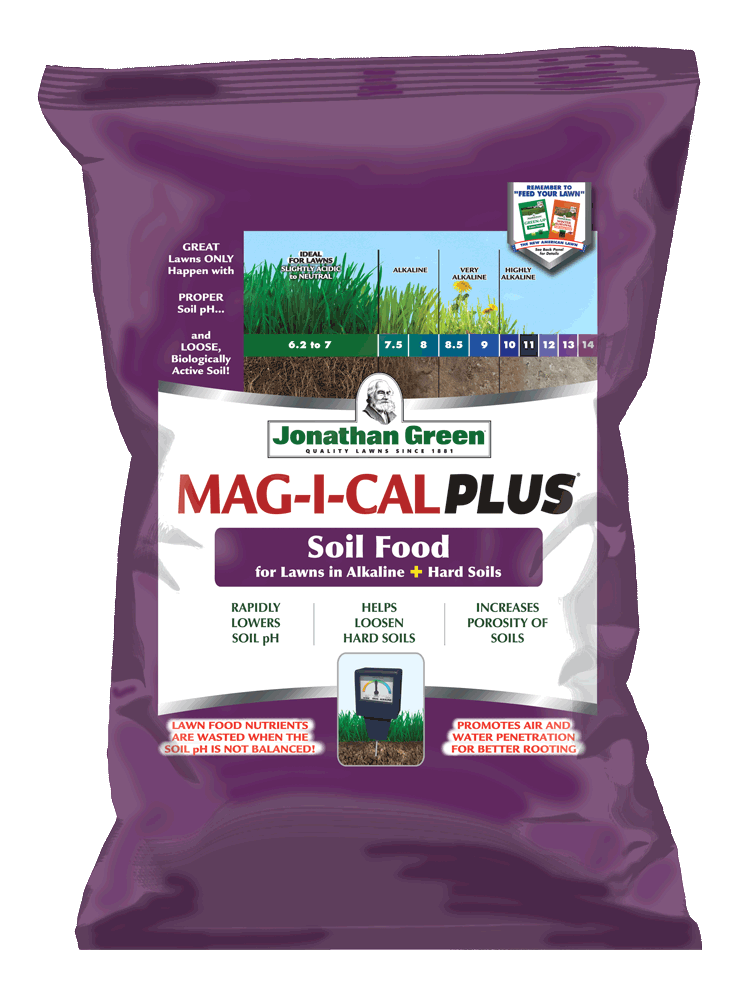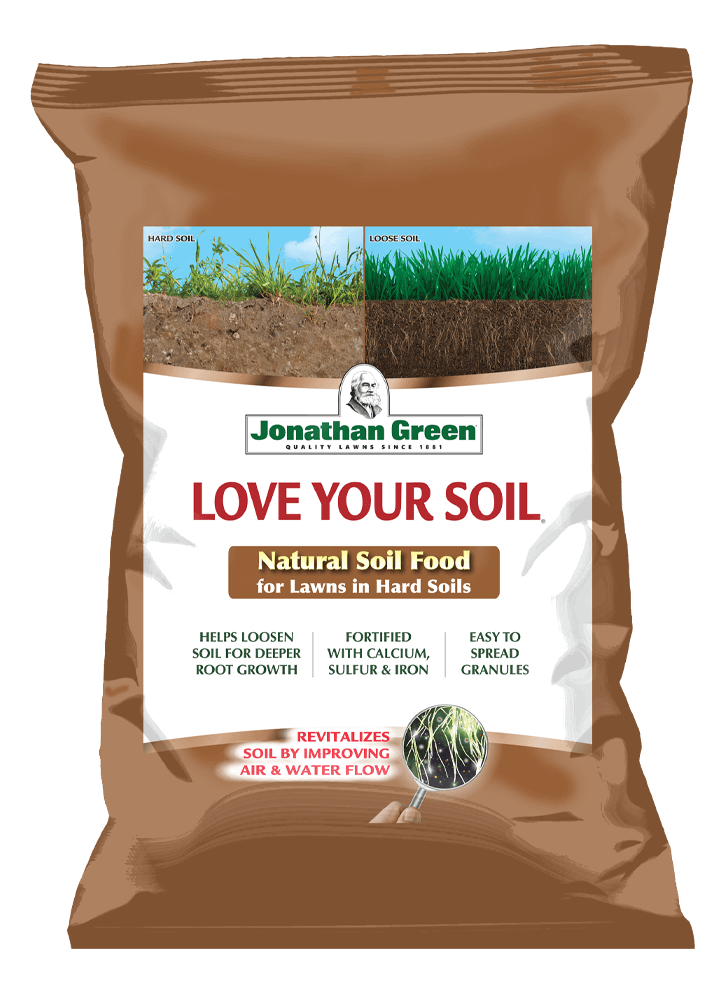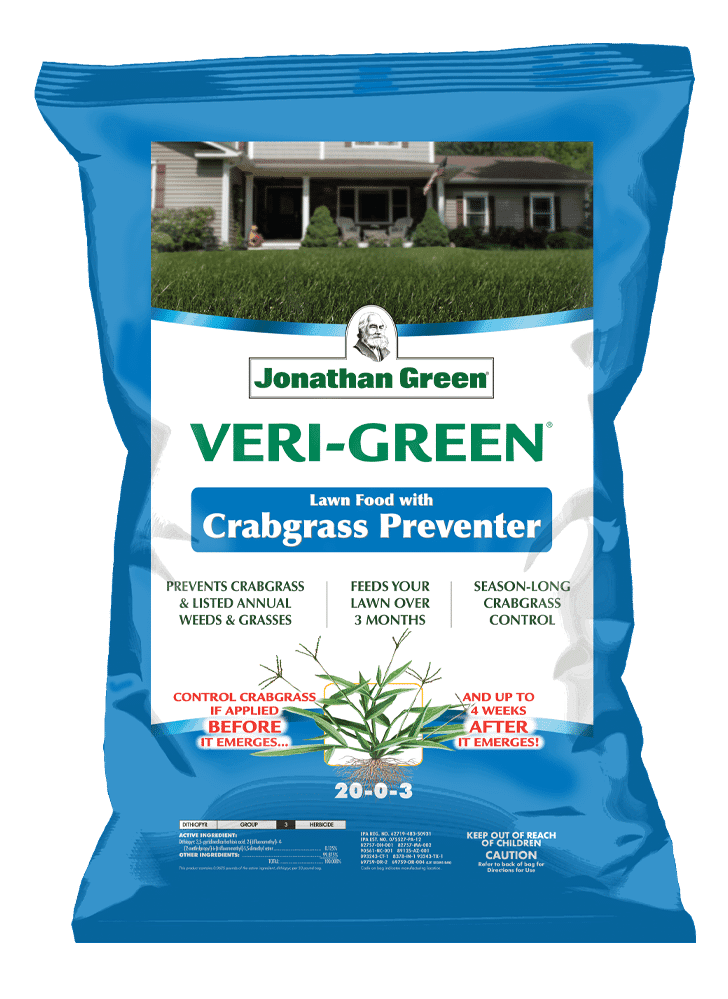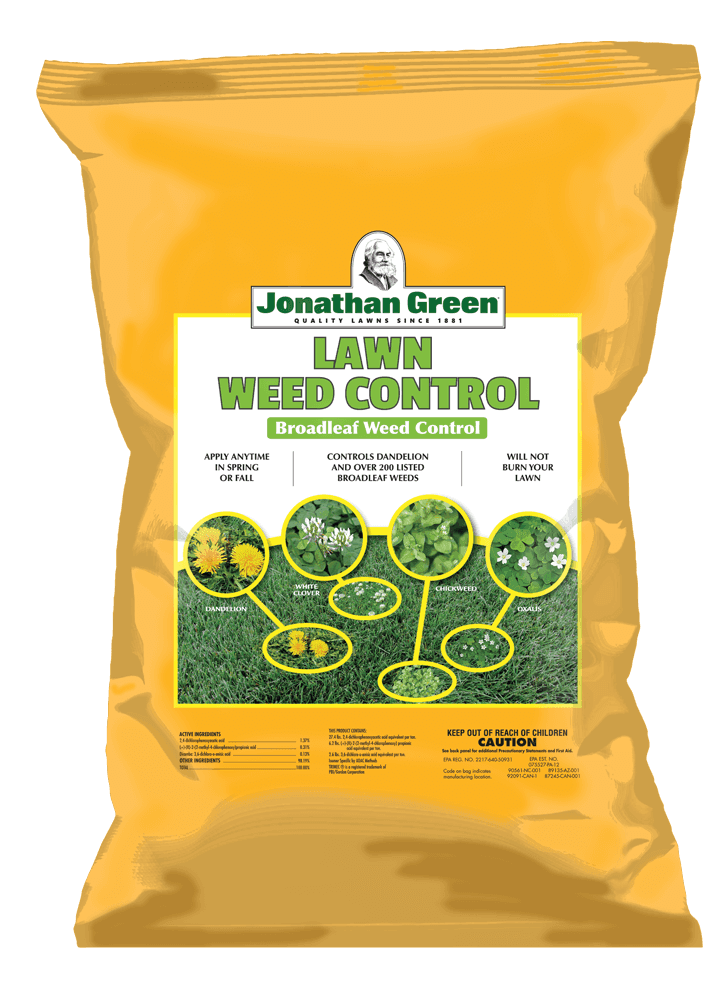8 Of The Best Lawn Care Tips For Spring
Spring is here and it’s the perfect time of year to get your lawn in tip-top shape. After the long winter it is finally time to give your lawn some much needed love and attention. These tips will not only leave your lawn looking better than ever but they will also set you up for success for the rest of the year. Putting in the time and effort now will save you hours down the line, especially when it comes to battling pesky weeds or starting up the lawn mower after months of it sitting idle. So here they are, 8 of the best lawn care tips for spring:
1. Rake

Rake the lawn in the spring to remove any debris, dead grass, leaves, twigs, and thatch. Snow mold disease may have infected your lawn throughout the winter and raking will help break up matted patches of grass, removing the damage. Even if you raked vigorously in the fall, another good raking in the spring is suggested for optimal lawn results.
2. Test

Healthy soil pH is essential for a healthy lawn. Grass grows best in soil with a slightly acidic to neutral pH of 6.2 to 7.0 and weeds thrive in acidic soil with a low pH. Balancing the soil pH means you will need to do less weed control in the future. Contact your county cooperative extension and ask if they can test your soil for you or buy a soil test kit to do it yourself. If your soil pH is either too low or too high add Mag-I-Cal Plus for either acidic soil or alkaline soil according to the directions on the bag. If you live in the eastern USA and have not limed your lawn in years it is very likely that your pH is quite low and you need to adjust it.
3. Aerate

Soil compaction is not only caused by heavy traffic, it is a direct result of the depletion of organic matter (humus) and microorganisms in the soil. Both are essential in carrying out the necessary biological and chemical processes needed for long-term grass health.
When the surface layer of soil is hard and compacted the grass roots cannot grow deep into the ground, becoming starved for water, oxygen, and nutrients (see diagram above). Hard soil also leads to an environment where weeds can thrive.
You can test for soil compaction by gently pushing a screwdriver into the soil. If you have to exert force to push the screwdriver up to the handle your soil is compacted. You can rent a core aerator from your local hardware store or rental equipment dealer. Do not try to aerate your lawn by “spiking” it with a pitchfork as that can lead to more compaction. Proper aeration removes soil plugs that drop on the lawn and break down in a few weeks.
However mechanical aeration alone does not build the humus you need to cure soil compaction, because it does not stimulate or grow the soil’s microbial life. Whether or not you core aerate your lawn, spread Jonathan Green Love Your Soil® as it contains the special ingredients needed to naturally aerate soil over time, building humus and topsoil.
4. Fertilize
After months of neglect, your lawn is hungry! Tip number four: fertilize your lawn this spring. There is no need to go overboard but it’s important to give your lawn the nutrients it needs to grow to its fullest potential. Make sure to use the correct fertilizer- if you are reseeding your lawn use a new seeding fertilizer which is high in phosphorus.
5. Overseed
Speaking of seeding, notice any bare patches in your grass? This is a great time to reseed or overseed the lawn! It is important to get these areas reseeded quickly to prevent weeds from filling in all of the bare spots. If your grass is looking a bit thin, overseed the whole lawn. Be sure that the newly planted grass is raked into loosened soil which will ensure the best germination. Not sure how to seed? Check out our Seeding Guide.
6. Weed
Have you ever waited until the middle of spring to take a look at your lawn and realized that it has become overrun with weeds? That’s why the time to act is now! There are two types of weeds, grassy weeds such as crabgrass and broadleaf weeds such as dandelions. Both are controlled using different products, but they can be applied at the same time. To stop crabgrass from taking over your lawn later in the season put down Veri-Green Crabgrass Preventer plus Lawn Fertilizer. If you have broadleaf weeds already such as chickweed, clover or dandelions use Lawn Weed Control. The latter slowly kills these weeds, but it does not contain fertilizer, so you won’t be overfeeding your lawn. Both of these products can be applied on the same day.
If you have only small patches of weeds, you can dig them out by hand but be sure to get out all of the roots to prevent them from spreading to other parts of the lawn.
Note: You cannot apply weed control at the same time as seeding. Check out our seeding with other products FAQ for wait times!
Mentioned Products
7. Water
Don’t do more work than you need to! Only water your lawn if it needs to be watered. There is usually enough rainfall in April to take care of irrigation for you. But if not, the rule of thumb is to apply one inch of water per week. Water deeply for about 30 minutes in each area, but no more than two to three times a week. Watering deeply and less frequently will encourage strong healthy roots.
8. Tune

Has your lawn mower been sitting in your garage all winter? Then it probably needs a tune-up! Make sure the blades are cleaned and sharpened, change the oil, check the spark plug and clean the air filter. A dull mower blade will shred the grass blade, providing an opening for turf disease. Plus, mowing your lawn can be a struggle if you don’t take care of your equipment.




